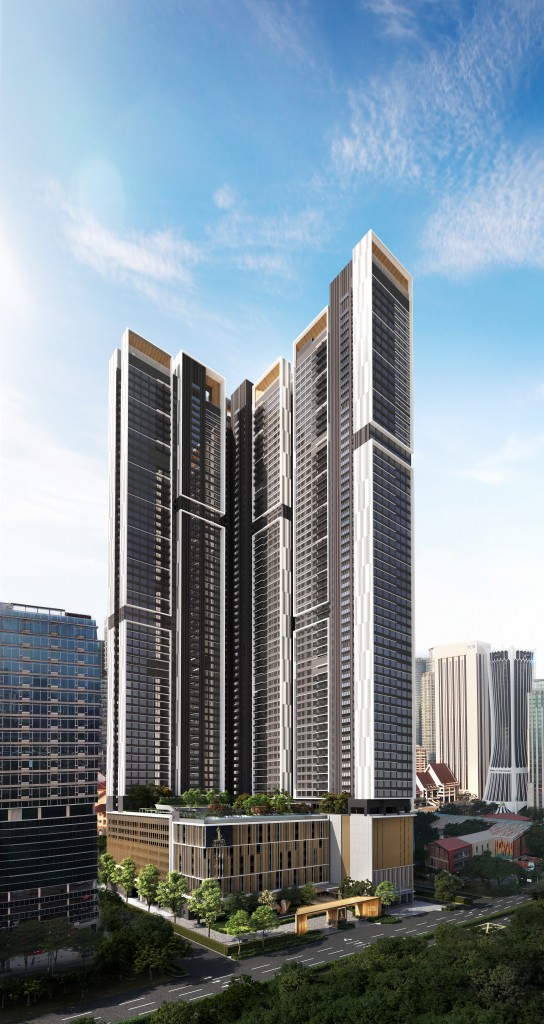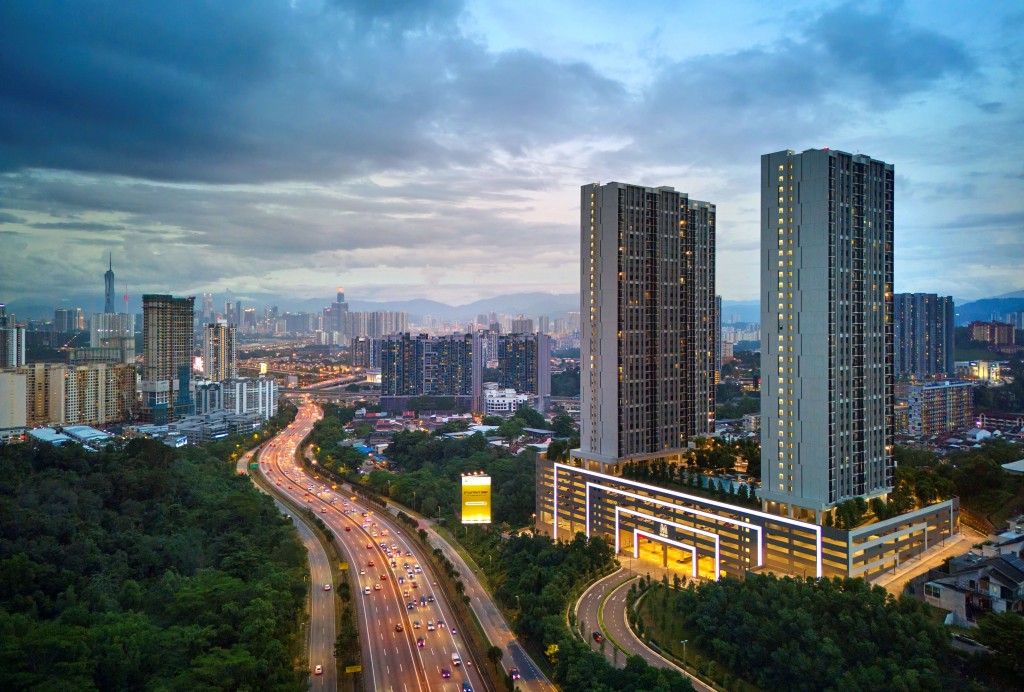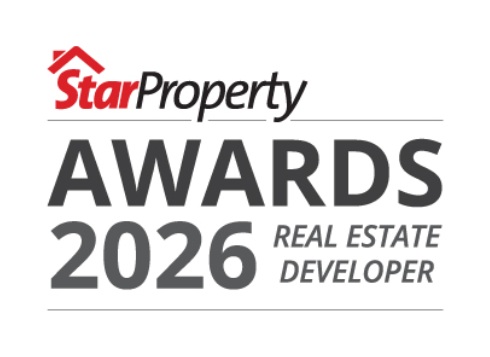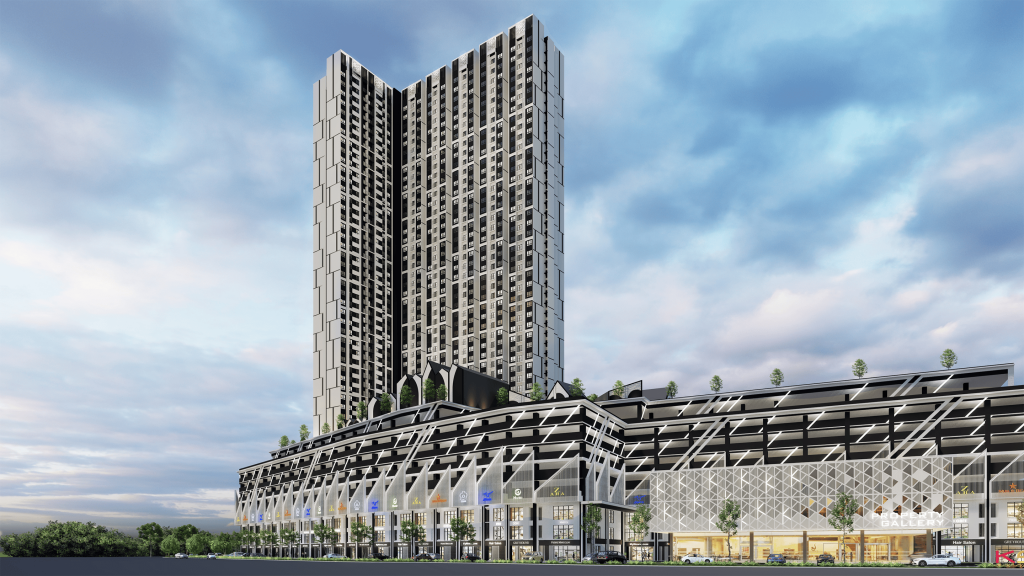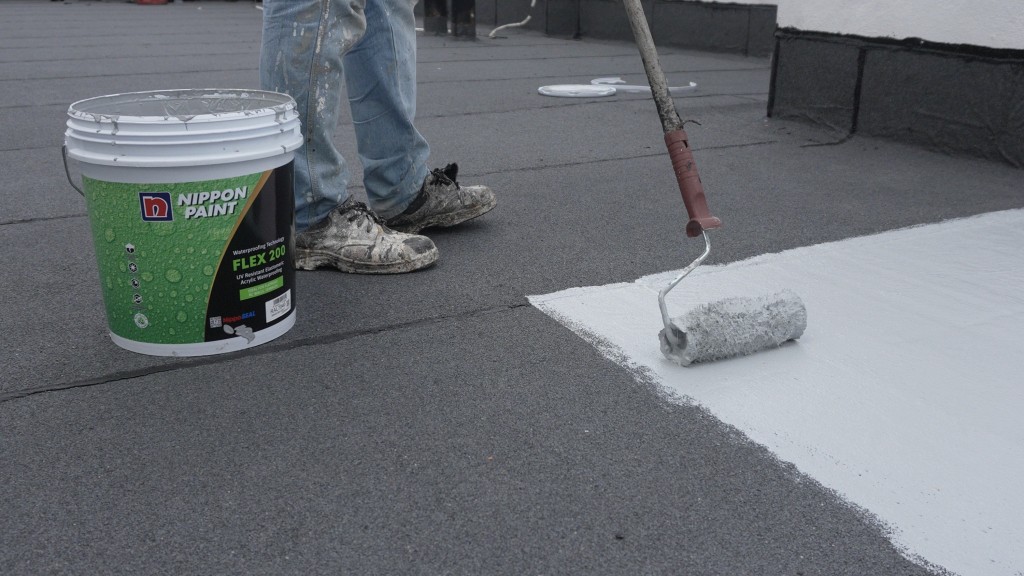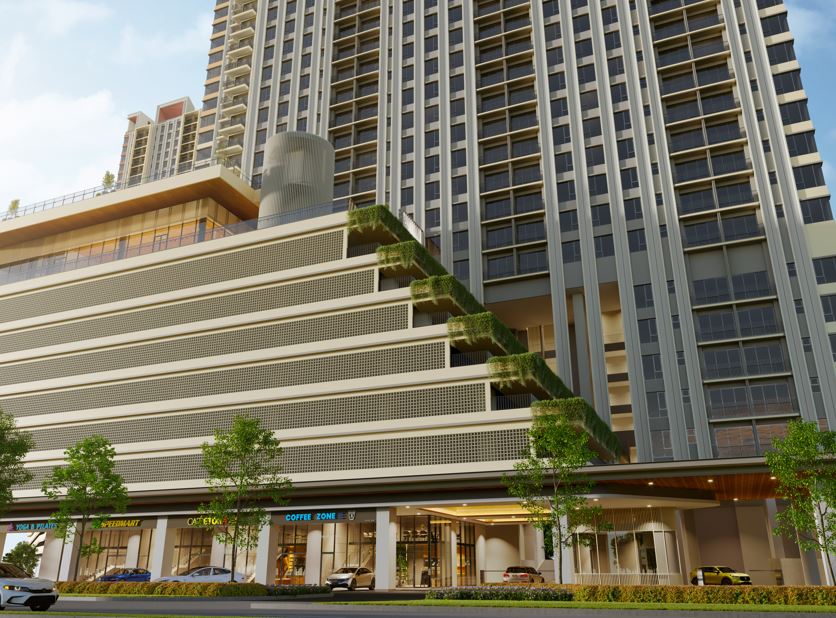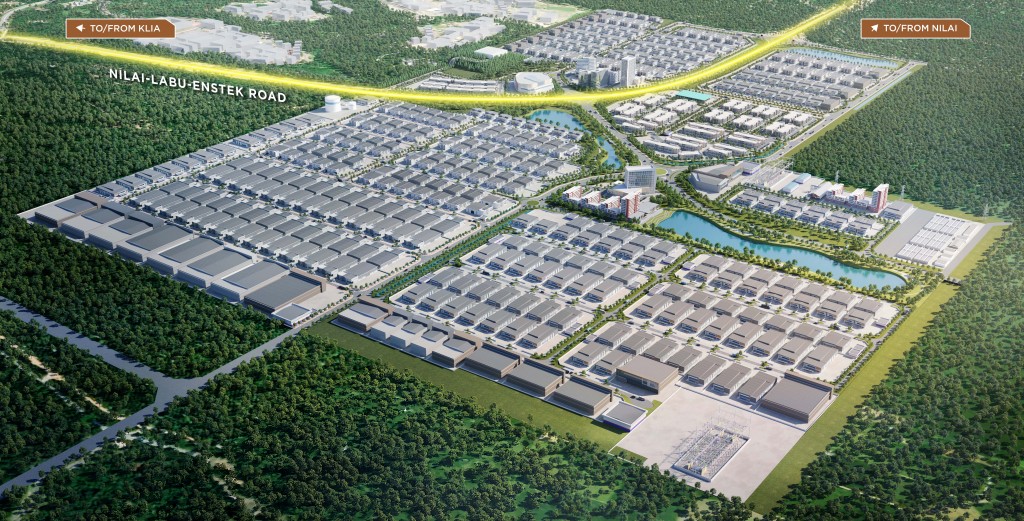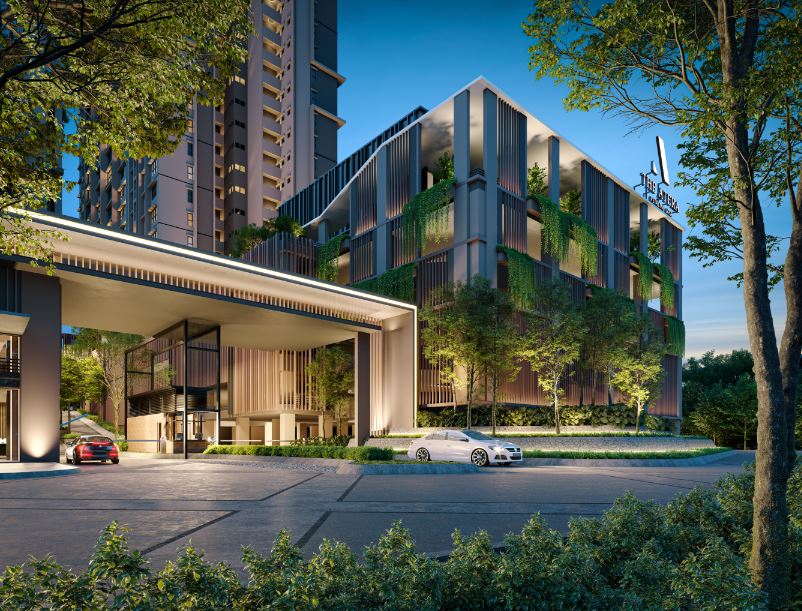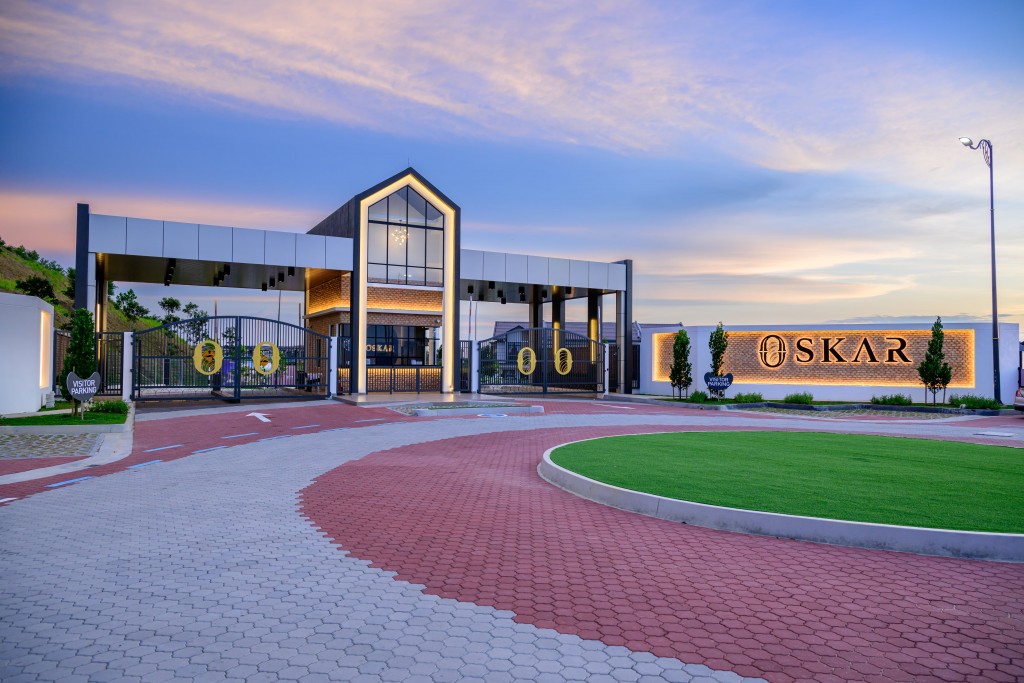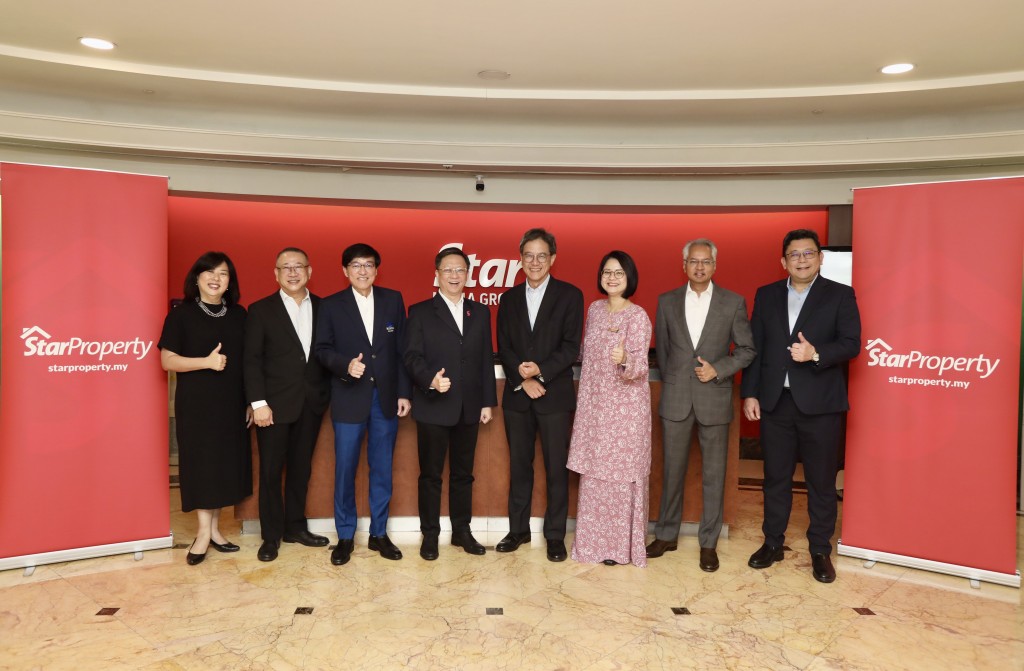Buyers looking for balanced market and long-term value
Much like car brands that tailor their models for various customer types or the layers of an onion, today’s property developers are getting in on the action with houses. As buyers grow more diverse in their lifestyles and interests, it comes as no surprise that, in a market where affordability and life stages play a crucial role, developers are crafting homes that resonate with every unique buyer profile. It is all about creating spaces that fit the vibrant dynamics of modern society.
The result of such diversification is balance. Entry-level shoeboxes can coexist with luxurious estates and the community as a whole benefits from the demographic diversity.
How has the Malaysian real estate market changed over the past decades? Some people say it has matured while others say not so much. Notably, there have been significant perspective changes when it comes to property types and their occupants. For example, buyers who purchase smaller properties are not necessarily lower or middle-income but they simply prefer lesser upkeep and actually have secret stashes and treasure troves hidden away. So, it can be said that today’s buyers are increasingly being defined by their lifestyles and life stages instead.
Professionals, young families, the upgraders and retirees are among the most common property buyer demographics. Represented as personas in most plans, developers pinpoint their defining characteristics and plan everything, from design to facilities to nearby amenities, within the master plan. Just like how BMW uses the 3 Series to appeal to young, dynamic professionals, the 5 Series for executives who value comfort and the 7 Series focusing on luxury and exclusivity, developers too are scrutinising the best ways to align their offerings.
For example, TSLAW Land uses this differentiation. TSLAW Group executive director Law Wai Cheong explained: “Our Skyline Series, for example, is positioned as the BMW 5 Series equivalent—offering attainable luxury, sophistication and superior comfort for the refined urban professional at a refined yet attainable price point. Future expansion will rigorously follow this model: the Han-Ya Wahyu project will serve as our 3 Series equivalent, catering to young professionals and first urban homeowners in the mid-affordable range.”
At the apex, the Taman Desa and Bukit Bintang projects will embody the high-end 7 Series standard, focusing on exclusivity and elevated luxury living. Crucially, the KLX Series acts as the comprehensive integration of all series within a single masterplan, creating a balanced, cohesive ecosystem that unites multiple living concepts. This overarching strategy focuses TSLAW Land on addressing unmet demand in the mid-to-upper urban segment, offering developments that seamlessly blend residential, retail and lifestyle components designed specifically to enrich everyday life through truly integrated urban ecosystems.
Another group that also created an affordable series is Mah Sing Group Bhd (Mah Sing) with its M series. Its founder and group managing director Tan Sri Leong Hoy Kum said that creating the reinvent affordability campaign encourages customers and homeowners to be prudent in their property purchases and not overstretch their finances. “This is about creating not just homes but a legacy that serves generations to come," he said in an earlier article by StarProperty.
The best way to picture it would be to go level by level. Malaysia’s housing affordability is still an issue, with B40 buyers’ affordability threshold standing at about RM230,000 while average new home prices exceed the RM380,000 threshold. Thus, segmented developments are extremely timely.
At the more accessible end of the spectrum, developers are focusing on first-time buyers, young families and M40/B40 households. These are homes built to be reachable, functional and connected. Developers aim to deliver value, accessibility to amenities and a sense of belonging without over-stretching budgets.
A prime example of this is Mah Sing's M Oscar, which won the Skyline Award in 2020. It also achieved a commendable 85% score in the Quality Assessment System in Construction (Qlassic) by the Construction Industry Development Board (CIDB), which shows affordable homes do not necessarily mean lower quality. Moreover, in conjunction with this year’s StarProperty Awards, Mah Sing also received a special recognition for M Oscar under the 10th anniversary revisit, which recognised past winners that have kept their commitment to building quality, safety and security and homebuyers’ satisfaction.
Another example is SkyWorld Development Bhd. It has embarked on what is labelled Malaysia’s largest affordable-housing project in Penang, the Rumah Bakat Baru Madani joint-venture with state agencies offering roughly 35,000 units targeting the B40 and M40 groups. The project spans some 200 acres in Seberang Jaya and Batu Kawan with a gross development value of about RM13bil. The developer emphasises build-quality metrics such as cross-ventilation and daylight planning even in the affordable segment.
The 3 Series-equivalent homes should be accessible in price, well-connected, with functional layouts and designed for mass-market uptake rather than exclusivity. They plug the largest gap in the market and serve as the engine of volume.
Properties meeting higher-end demand
When it comes to high-end housing, developers really step it up. These homes are all about lifestyle, brand, exclusivity and long-term value. Think of the 5 Series equivalent as design-focused communities with great amenities and connectivity, while the 7 Series equivalent represents ultra-luxury homes, iconic towers or branded residences.
Take SP Setia Bhd, for instance. The developer is teaming up with Japan’s Mitsui Fudosan to roll out a massive RM1.3bil premium landed housing project in their Setia EcoHill township in Semenyih. This project will feature 683 bungalows, semi-detached homes and cluster homes, with plans kicking off in 2026. On the other hand, their Setia Sky Residences in Kuala Lumpur marks their first luxury high-rise condo in a central spot, equipped with smart-home features and it is reportedly already 90% sold out.
In the realm of executive and luxury homes, it is not unusual to be looking at fewer units with a higher price per square foot. These places come with premium finishes and are often freehold status with built-in lifestyle perks like resort-style amenities and fancy smart home technology. These are the cream of the housing market’s crop.
The healthy communities that follow
When a development is carefully segmented and a community is genuinely nurtured, the results can be transformative. The affordability ladder is a great place to start. By providing accessible entry-level homes, developers allow younger households to step onto the property ladder, creating opportunities to grow into larger, more upscale options as their financial footing becomes firmer. This method not only benefits young families but also helps grow a dynamic environment where upgrades to similarly suitable yet bigger properties are accessible.
As previously mentioned, balance is important and it comes forth in mixed neighbourhoods. Picture a community that consists solely of high-end luxury homes, or conversely, only ultra-affordable apartments. Both scenarios can feel pretty one-dimensional. When a development plan has a good blend of different income levels, it cultivates a rich offering of amenities, diverse schools catering to various ages and retail spaces that adapt to the community's needs. Developers are increasingly catching on to this concept and are moving toward creating integrated townships rather than isolated enclaves, leading to more vibrant neighbourhoods.
Another standout feature of well-segmented development is demand resilience. By including both mass-market and premium products, developers can comfortably ride the unpredictable waves of market demand. In Mah Sing’s M Series instance, its position in the affordable range has been a significant driver of Mah Sing’s incredible sales performance. It is a smart strategy that diversifies risk and strengthens market positioning.
Last but certainly not least is value appreciation and community vibrancy. In areas with existing well-connected mixed communities, it is common to see thriving social infrastructure, effective public transportation and an enhanced quality of life. These elements do not just contribute to a happier community. They also support long-term value retention and appreciation, creating a win-win scenario for both developers and residents alike. So, when it comes to community development, embracing a mixed yet balanced approach is truly the way to go.
Case studies
Just as BMW designs a model for every buyer segment, Malaysian developers are creating a full spectrum of options within the market too. A suitable representation for the 3 Series segment is SkyWorld’s joint master plan in Penang, Pearlmont. With an estimated 35,000 units and an RM13bil in gross development value (GDV), it is a textbook example of developers addressing the entry market at scale. By targeting the B40 and M40 groups and emphasising build quality even in affordable homes, the developer signals that affordable does not equal cheap in quality.
Another good example is Sime Darby Property, known for well-integrated townships that span multiple buyer segments. Their projects such as mid-rise family homes Cantara Residences and masterplanned township City of Elmina perfectly provide for mid-tier upgraders and families. Sime Darby Property Bhd goes above and beyond with its community-focused planning and initiatives. As such, it aligns well with the 5 Series analogy with mid-market homes that support lifestyle and internal upgrade paths in sustainable communities.
For luxury, Eastern and Oriental Bhd (E&O) is a suitable example. The developer has built its brand around premium lifestyle-driven properties in prime locations, like St Mary Residences in the city centre. Their clientele is high-net-worth individuals seeking exclusivity and luxury amenities, making them good examples of the 7 Series tier.
No longer one size fits all
For buyers, this is a burden off their shoulders. Segmentation means finding a better fit. Being able to choose a home that aligns with their budget and lifestyle essentially shifts power from the developer’s hand to their own. Consequently, developers are receptive to such occurrences and target accordingly.
It is good to take a look at the practical steps most experts recommend for buyers. Match life stage and budget. First-time buyers should always consider what they can realistically afford and where they will be comfortable in the next decade or so.
Check for mixes within the township, because integrated townships that offer both entry and premium properties tend to offer better community amenities and value retention. It is also important to look at developer track records, especially across segments. A developer that has only built affordable homes would likely struggle with higher-end projects, while luxury builders may not have an adequate understanding of what those in the affordable category require.
Buyers should focus on the fine print of every document, because affordability should not compromise liveability. After all, affordable homes in Malaysia are still facing cost pressures despite progress over the years.
Just as BMW’s lineup allows drivers to choose the model that fits their budget and lifestyle, today’s property market in Malaysia is aligning with buyer segmentation. The affordable 3 Series homes for entry-buyers, mid to premium 5 Series homes for upgraders and luxury 7 Series homes for those seeking lifestyle and investment appeal.
Looking ahead, expect developers to use more data analytics, buyer profiling and life stage segmentation when designing developments. For example, which buyer segment is underserved in a location? What price point will move the fastest? How can product specifications like layout, amenities and connectivity match that segment’s priorities?
Developers are increasingly receptive to target markets, especially by design, price-point and location. And when they succeed, the community wins. A balanced market, diverse residents, sustainable amenities and long-term value are what people are really looking for.
Stay ahead of the crowd and enjoy fresh insights on real estate, property development and lifestyle trends when you subscribe to our newsletter and follow us on social media.


